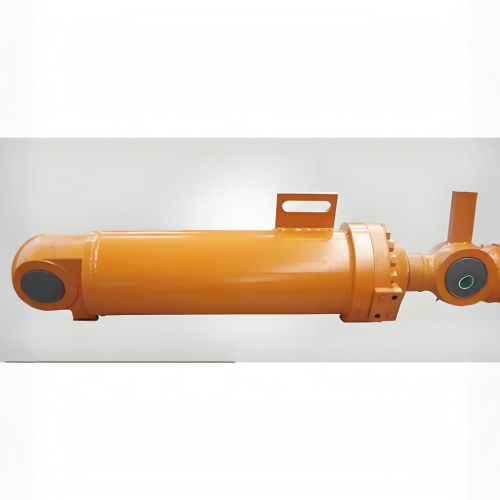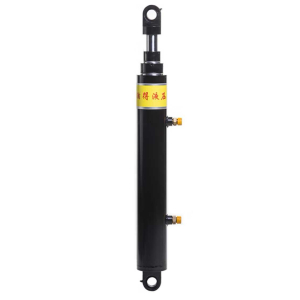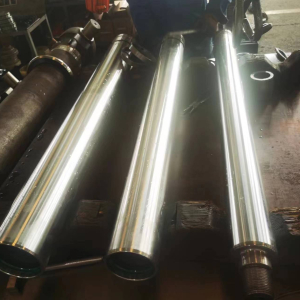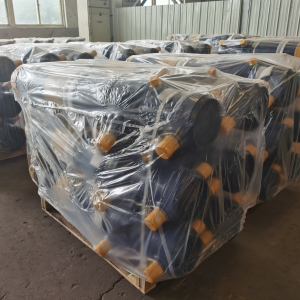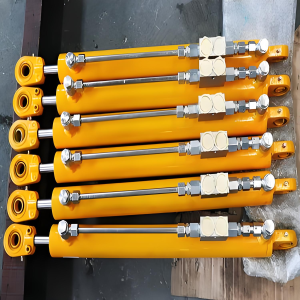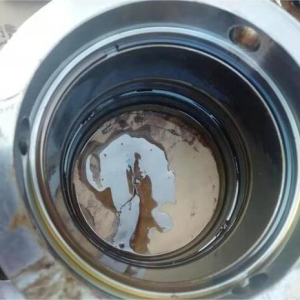If you’ve ever operated a loader, you know that its hydraulic cylinder is what makes everything work smoothly. From lifting heavy materials to tilting the bucket with precision, these cylinders handle immense pressure and daily wear and tear.

But not all loader hydraulic cylinders are created equal. If you’re looking to buy, replace, or maintain a hydraulic cylinder for your loader, understanding the different types, functions, and pricing is essential.
Types of Loader Hydraulic Cylinder
Loaders rely on different types of hydraulic cylinders, each designed for specific movements. Here are the most common ones:
1. Lift Cylinders
These are the most crucial hydraulic cylinders on a loader. They control the raising and lowering of the loader arms, allowing the bucket to reach the necessary height for dumping materials. Lift cylinders need to be strong and durable since they carry the heaviest loads.
2. Bucket Tilt Cylinders
These cylinders control the tilt movement of the bucket, allowing operators to dump or scoop materials with precision. A high-quality bucket tilt cylinder ensures smooth operation without jerks or delays.
3. Steering Cylinders
Some loaders use hydraulic cylinders to assist with steering, especially in heavy-duty models. These cylinders provide smoother control, making it easier to maneuver in tight spaces.
Each of these cylinders plays a key role in the loader’s efficiency, and keeping them in top condition is crucial for optimal performance.

How to Choose the Right Loader Hydraulic Cylinder
Choosing the right hydraulic cylinder for your loader isn’t just about picking one that fits. Here’s what to consider:
1. Load Capacity & Pressure Rating
Make sure the cylinder can handle the weight and pressure your loader requires. Overloading a hydraulic cylinder can lead to early failure and costly repairs.
2. Bore Size and Stroke Length
- Bore size determines the force a cylinder can generate.
- Stroke length controls how far the cylinder can extend and retract.
Matching these specifications with your loader’s requirements ensures the best performance.
3. Material and Coating
Hydraulic cylinders are usually made of steel or chrome-plated materials for durability. If you work in harsh environments, look for corrosion-resistant coatings to extend the cylinder’s lifespan.
4. Seal Quality
The seals inside a hydraulic cylinder prevent fluid leaks and ensure smooth operation. High-quality seals can significantly reduce maintenance costs over time.
5. OEM vs. Aftermarket Cylinders
- OEM (Original Equipment Manufacturer) cylinders are built specifically for your loader model and guarantee a perfect fit.
- Aftermarket hydraulic cylinders are often more affordable but may require modifications.
If you’re unsure, check with the manufacturer or supplier to ensure compatibility.
Choosing the Best Hydraulic Cylinder for Your Loader
A high-quality loader hydraulic cylinder is essential for ensuring smooth and efficient operation. Whether you’re replacing an old cylinder or looking for a new one, choosing the right size, material, and brand is crucial.
By following proper maintenance practices, you can extend the lifespan of your hydraulic cylinders and reduce unexpected breakdowns.
If you’re ready to upgrade or replace your loader hydraulic cylinder, make sure to buy from a trusted supplier and invest in a product that guarantees performance, durability, and reliability.
It is recommended to use various types of hydraulic cylinders, double-acting hydraulic cylinders, and Double Acting Telescopic Hydraulic Cylinder


